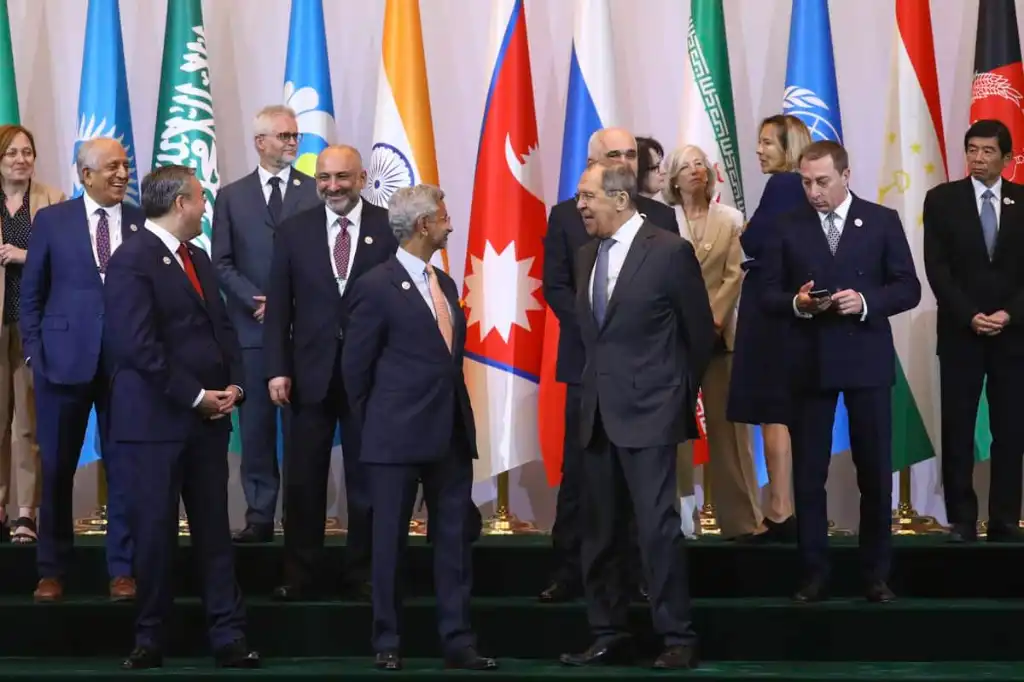As a regional power and one of the world’s fastest-growing economies, India maintains diplomatic relations with many countries. However, political tensions have arisen with several of its neighbors in recent years due to factors such as territorial disputes, cross-border terrorism, and competition for regional influence.
The ongoing dispute with Pakistan serves as a notable example of India’s strained relations with its neighbors. Conflict between the two countries dates back to the partition of India in 1947 and has only escalated in recent years due to cross-border terrorism. Despite peace talks, the relationship remains fragile and any small incident can quickly escalate.
Tensions with China also exist due to a long-standing border dispute and China’s increasing assertiveness in the region. India expresses concern over China’s Belt and Road Initiative, perceiving it as an attempt to encircle India and gain strategic advantage. The two countries have engaged in a military stand-off in the disputed border region of Ladakh, further escalating tensions.
India’s relationship with Bangladesh has also been strained in recent years due to issues such as border disputes, illegal immigration, and river water sharing. Both countries work to resolve these issues through diplomatic means, but progress has been slow and tensions persist.
India also faces challenges in relationships with other neighboring countries, including Sri Lanka and Nepal, and works to improve ties and build a stable and cooperative regional environment.
To navigate these diplomatic tensions, India adopts a multi-pronged approach by strengthening its military capabilities, engaging in diplomatic efforts to resolve disputes peacefully, and building strong relationships with regional powers such as Japan and Australia to counterbalance challenging neighbors.
India’s relations with its neighbors are complex and dynamic, shaped by historical, political, and economic factors. The country faces challenges in navigating these tensions, but also makes efforts to improve relationships and build a stable regional environment.
Attempts at Resolution and the Future of PoK
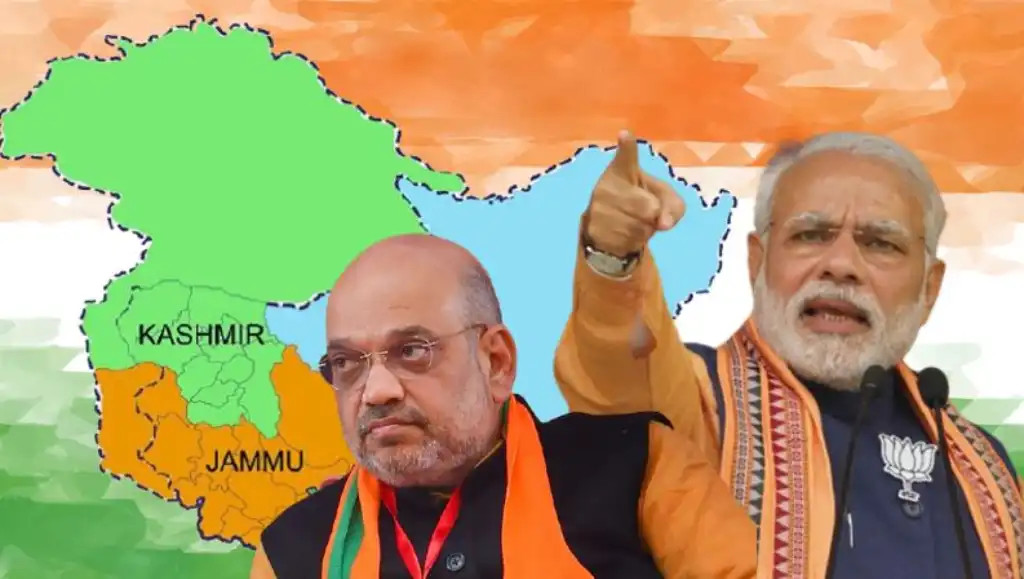
PoK, or Pakistan-occupied Kashmir, is a term used to describe the portion of the former princely state of Jammu and Kashmir that is currently under Pakistani control. This region has been the subject of a long-standing dispute between India and Pakistan, with both countries claiming it as their own.
The roots of the PoK dispute date back to the partition of India in 1947, when the princely state of Jammu and Kashmir was divided between India and Pakistan. India claims that the entire state of Jammu and Kashmir is an integral part of India, while Pakistan claims that a portion of the state, including PoK, is under its control and should be part of Pakistan.
The dispute over PoK has been a major source of tension between India and Pakistan, and has led to several wars and military conflicts between the two countries. In the decades since the partition, both India and Pakistan have made attempts to resolve the dispute through diplomatic means, but a final resolution has yet to be reached.
One of the main reasons for the persistence of the PoK dispute is the differing interpretations of the instrument of accession signed by the ruler of Jammu and Kashmir in 1947. India argues that the instrument of accession was a legal and binding agreement that transferred control of the entire state of Jammu and Kashmir to India. On the other hand, Pakistan argues that the instrument of accession was only meant to transfer control of the defense and foreign affairs of the state to India, and that the final status of the state was to be determined through a plebiscite.
The dispute over PoK has also been complicated by the presence of separatist movements in the region, which have called for greater autonomy or independence from both India and Pakistan. These separatist movements have added to the already complex and volatile situation in the region, and have made it difficult for India and Pakistan to reach a resolution to the dispute.
The PoK dispute is a long-standing and complex issue that has been a major source of tension between India and Pakistan for over seven decades. Despite numerous attempts to resolve the dispute through diplomatic means, a final resolution has yet to be reached, and the situation remains volatile. The dispute over PoK remains one of the most pressing and unresolved issues in South Asia, and will likely continue to be a source of tension between India and Pakistan for the foreseeable future.
Nepal-India Border Dispute: An Unresolved Conflict

The border between Nepal and India is one of the most disputed borders in South Asia, with the two countries having a long-standing dispute over several areas along the boundary. The dispute has its roots in the colonial era when the British imposed the present-day boundary between the two countries, which was later inherited by the independent nations of Nepal and India.
One of the main causes of the Nepal-India border dispute is the lack of a clear and agreed-upon boundary line between the two countries. The boundary has been poorly demarcated in many areas, leading to confusion and conflicting claims over the ownership of certain territories. In some areas, the boundary has been defined by traditional practices and local customs, which have changed over time, leading to further confusion and disputes.
Another major cause of the Nepal-India border dispute is the issue of encroachment. Many Nepalese citizens have been encroaching on Indian territory, leading to conflicts and disputes between the two countries. On the other hand, India has also been accused of encroaching on Nepalese territory, particularly in the Terai region, where it has been building infrastructure projects that have allegedly crossed the boundary line.
The Nepal-India border dispute has also been complicated by the issue of cross-border terrorism and illegal trade. The open and porous nature of the border has made it easy for terrorists and smugglers to operate in the region, leading to increased security concerns for both countries.
Despite numerous attempts to resolve the Nepal-India border dispute through diplomatic means, a final resolution has yet to be reached. The two countries have held several rounds of negotiations and have even signed agreements aimed at resolving the dispute, but these agreements have not been implemented effectively, and the situation remains unresolved.
The Nepal-India border dispute is a complex and long-standing issue that has been a source of tension between the two countries for many years. The lack of a clear and agreed-upon boundary line, the issue of encroachment, and the presence of cross-border terrorism and illegal trade have all contributed to the persistence of the dispute. Until a final resolution is reached, the Nepal-India border dispute will likely continue to be a source of tension and conflict between the two countries.
India-China Disputes: A Complex and Evolving Conflict
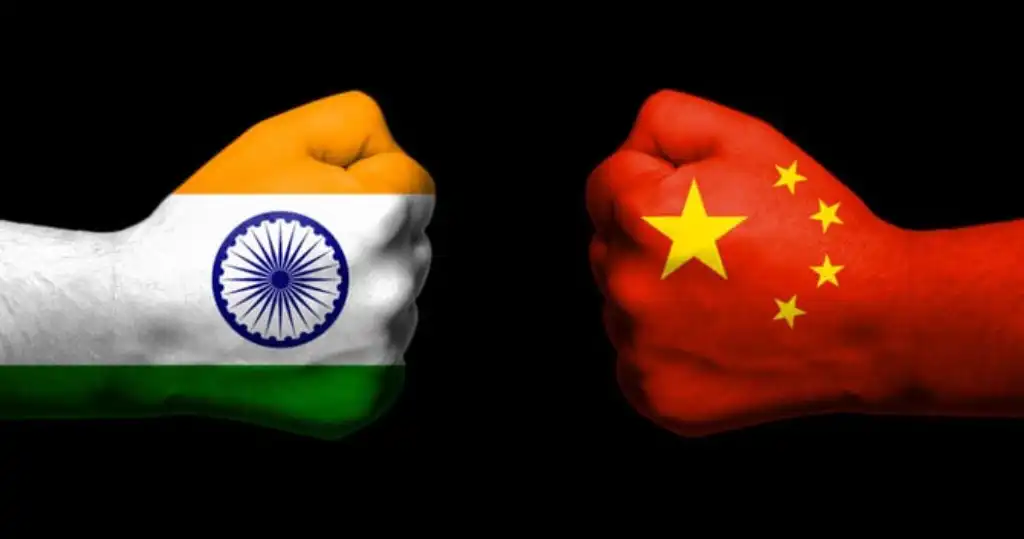
The relationship between India and China has been shaped by a complex and evolving set of disputes that have their roots in history, politics, and economics. Despite numerous attempts to resolve these disputes through diplomatic means, tensions between the two countries have only increased in recent years.
One of the main sources of tension between India and China is their long-standing border dispute. The two countries share a disputed boundary that runs along the Himalayas, and have engaged in several military conflicts over the years to assert their claims over the region. The most recent and notable of these conflicts was the 1962 Sino-Indian War, which resulted in a decisive victory for China.
Another source of tension between India and China is the issue of cross-border terrorism. India has long accused China of providing support to separatist and terrorist groups operating in India, including those in the region of Jammu and Kashmir. China has denied these allegations, but the issue continues to be a major source of tension between the two countries.
In recent years, tensions between India and China have increased due to China’s increasing assertiveness in the region. China has been expanding its military and economic influence in the region, and has been involved in territorial disputes with several of its neighbors, including India. The two countries have also been in a military stand-off in the disputed border region of Ladakh, which has only added to the tensions between them.
India has responded to China’s increasing assertiveness by strengthening its military capabilities and engaging in diplomatic efforts to resolve disputes through peaceful means. The country has also been working to build strong relationships with other regional powers, such as Japan and Australia, to counterbalance the influence of China in the region.
The relationship between India and China is shaped by a complex and evolving set of disputes that have their roots in history, politics, and economics. Despite numerous attempts to resolve these disputes through diplomatic means, tensions between the two countries have only increased in recent years, and the situation remains volatile. The dispute between India and China is likely to continue to be a major source of tension in the region for the foreseeable future.
India-Bangladesh Dispute: A Complex and Dynamic Issue

The relationship between India and Bangladesh is marked by a long history of political, economic, and social ties. However, despite the close cultural and historical connections between the two countries, their relationship has also been characterized by a number of disputes and tensions in recent years. One of the most pressing and persistent disputes between India and Bangladesh is the border dispute between the two nations.
The roots of the India-Bangladesh border dispute date back to the partition of India in 1947, when the border between the two countries was drawn up without taking into account the complex and dynamic nature of the region. The border dispute between India and Bangladesh has been complicated by a range of factors, including illegal immigration, cross-border smuggling, and the sharing of river waters.
One of the main sources of tension between India and Bangladesh is the issue of illegal immigration.
Bangladesh has been accused by India of insufficient efforts to stop illegal immigration into India, and India has been accused by Bangladesh of inadequate efforts to address poverty and unemployment, which are root causes of illegal immigration.
Another source of tension between India and Bangladesh is the dispute over the sharing of river waters. The two countries share several major rivers, including the Brahmaputra and the Ganges, and the sharing of these rivers has been a source of tension between the two countries for many years. India has accused Bangladesh of not doing enough to address the issue of upstream water diversion, while Bangladesh has accused India of not doing enough to address the issue of downstream water pollution.
Despite these tensions, India and Bangladesh have been working to resolve their disputes through diplomatic means. The two countries have established a Joint River Commission to address the issue of river water sharing, and have held several rounds of talks to resolve their border dispute.
The India-Bangladesh border dispute is a complex and dynamic issue that has been a source of tension between the two countries for many years. Despite the efforts of both India and Bangladesh to resolve their disputes through diplomatic means, progress has been slow, and tensions continue to simmer. The India-Bangladesh border dispute remains one of the most pressing and unresolved issues in South Asia, and will likely continue to be a source of tension between the two countries for the foreseeable future.
India-Afghanistan Dispute: A Long-standing and Complex Issue
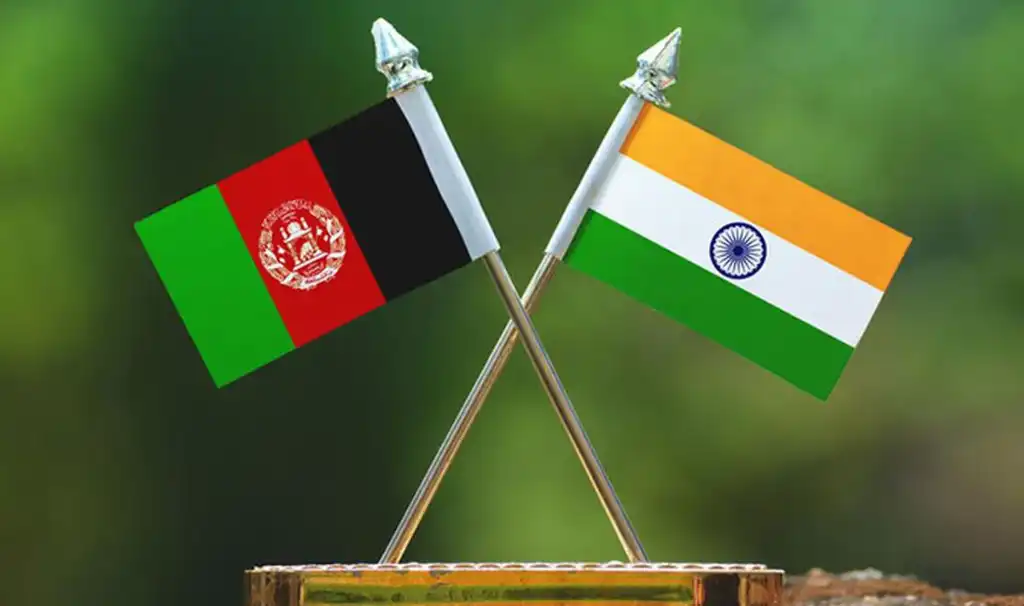
India and Afghanistan have a long and complex relationship, marked by centuries of cultural, economic, and political ties. However, in recent years, the relationship between the two countries has been strained by a number of disputes and tensions, particularly in the areas of trade, security, and regional influence.
One of the main sources of tension between India and Afghanistan has been the issue of cross-border terrorism. India has long accused Pakistan of using Afghanistan as a safe haven for militants and terrorists who carry out attacks in India. Afghanistan, on the other hand, has accused India of supporting separatist movements in Afghanistan and of interfering in Afghan affairs.
Another source of tension between India and Afghanistan has been the issue of trade and transit. India has long sought to increase its trade and economic ties with Afghanistan, but has been frustrated by the lack of connectivity and infrastructure in the region. Afghanistan, on the other hand, has accused India of using its trade and transit routes to undermine Afghan interests and to gain regional influence.
The dispute between India and Afghanistan has also been complicated by the presence of other regional actors, including China, Iran, and Pakistan. These countries have sought to increase their own influence in Afghanistan and have sought to undermine the relationship between India and Afghanistan.
In recent years, India and Afghanistan have made attempts to resolve their disputes and to improve their relationship. India has increased its economic and development assistance to Afghanistan, and has sought to build closer ties with the Afghan government and people. Afghanistan, on the other hand, has sought to increase its engagement with India and to address its concerns about cross-border terrorism and regional influence.
Despite these efforts, the relationship between India and Afghanistan remains complex and fragile. The disputes between the two countries are likely to continue for the foreseeable future, and will likely be influenced by a number of regional and global factors, including the ongoing conflict in Afghanistan, the rise of China, and the changing geopolitical landscape of South Asia.
The India-Afghanistan dispute is a long-standing and complex issue that has been a source of tension between the two countries for many years. Despite efforts to resolve the disputes and to improve the relationship, the situation remains volatile, and the disputes are likely to continue for the foreseeable future.
The India-Bhutan Dispute: A Long-Standing and Complex Relationship

India and Bhutan have a unique and special relationship, with India playing a significant role in Bhutan’s economic and political development. However, the relationship between the two countries has not been without its challenges, and the two countries have faced a number of disputes over the years.
One of the main sources of tension between India and Bhutan has been the issue of cross-border trade and transit. India has long been Bhutan’s primary trading partner, and the two countries have had a number of disputes over trade and transit arrangements. For example, India has been concerned about the increasing trade deficit with Bhutan and has sought to negotiate more favorable trade arrangements.
Another source of tension between India and Bhutan has been the issue of hydropower development. Bhutan has significant hydropower potential, and India has been a major investor in Bhutan’s hydropower sector. However, there have been concerns about the environmental impact of hydropower development, and Bhutan has sought to balance its economic interests with environmental considerations.
The issue of water management has also been a source of tension between India and Bhutan. Bhutan has sought to manage its water resources in a sustainable manner, while India has sought to ensure the availability of water for its own needs. This has led to a number of disputes over water management, including disputes over the sharing of water resources and the construction of dams.
The relationship between India and Bhutan has also been affected by the issue of refugees. Bhutan has a large population of refugees, many of whom have fled from Bhutan to Nepal. India has been concerned about the impact of these refugees on regional stability and has sought to address the issue through diplomatic means.
The relationship between India and Bhutan is complex and multifaceted, with a number of disputes and challenges that have arisen over the years. Despite these challenges, however, the two countries have maintained a strong and special relationship, and have worked together to resolve their differences. The India-Bhutan relationship remains one of the most important and unique relationships in South Asia, and will likely continue to be a source of cooperation and collaboration for many years to come.
India-Myanmar Dispute: A Long-Standing Border Issue
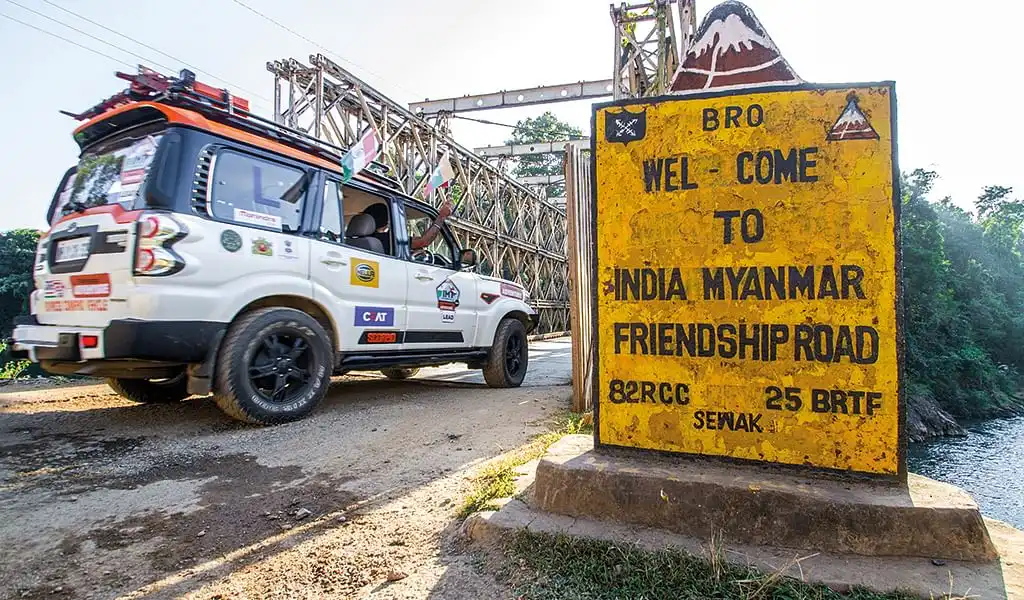
The India-Myanmar border dispute is a long-standing issue that has been a source of tension between the two countries for decades. The border between the two countries is approximately 1,600 km long, and runs through the states of Arunachal Pradesh, Nagaland, and Manipur in India and the Sagaing, Kachin, and Shan regions in Myanmar.
The roots of the dispute can be traced back to the colonial era, when the British drew the border between India and Myanmar without taking into account the cultural and ethnic ties between the people living in the region. This has led to overlapping claims and disputes over the exact location of the border, as well as the ownership of certain territories.
One of the main issues in the India-Myanmar dispute is the presence of ethnic and tribal groups along the border, who have close cultural and economic ties with both countries. These groups have been demanding greater autonomy and independence from both India and Myanmar, and have added to the complexity of the border dispute.
In recent years, the dispute has been further complicated by the increasing presence of insurgent groups along the border, who have been using the region as a base for their operations. This has led to increased security concerns for both India and Myanmar, and has made it difficult for the two countries to resolve the dispute peacefully.
Despite numerous attempts to resolve the dispute through diplomatic means, a final resolution has yet to be reached. India and Myanmar have held several rounds of talks and negotiations, but the issue remains unresolved.
The India-Myanmar border dispute is a long-standing and complex issue that has been a source of tension between the two countries for decades. Despite numerous attempts to resolve the dispute, a final resolution has yet to be reached, and the situation remains volatile. The dispute over the India-Myanmar border remains one of the most pressing and unresolved issues in South Asia, and will likely continue to be a source of tension between the two countries for the foreseeable future.
The India-Sri Lanka Dispute: A Historical Overview
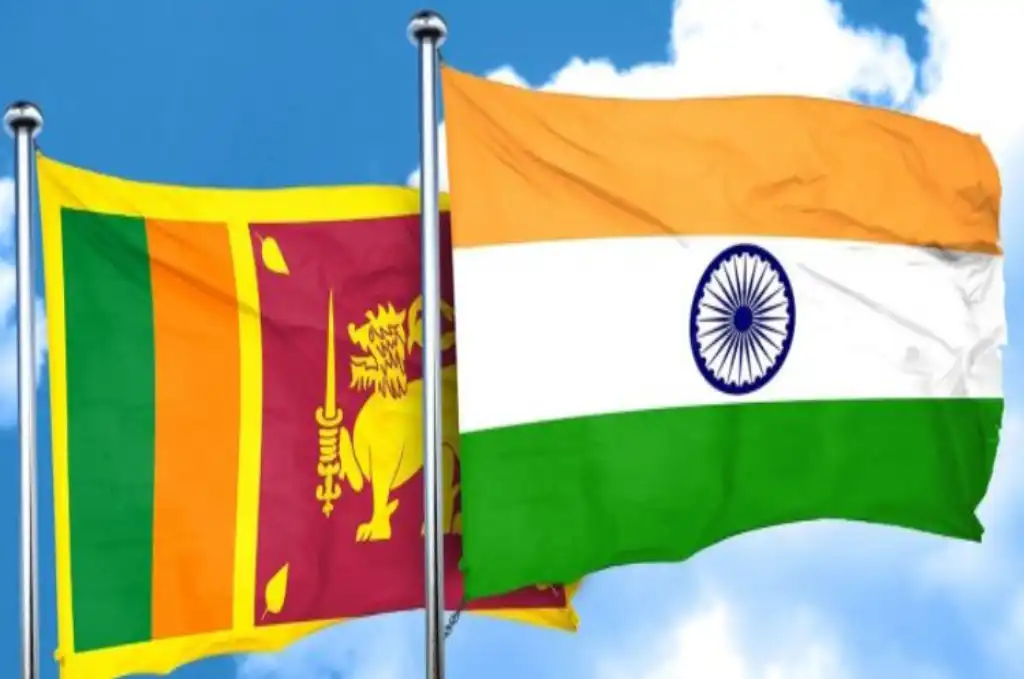
The relationship between India and Sri Lanka has been marked by a long history of political, cultural, and economic ties. However, despite these close connections, the two countries have also faced numerous disputes and challenges over the years. One of the most significant of these disputes has been the ongoing conflict over the maritime boundary between the two countries.
The roots of the India-Sri Lanka dispute can be traced back to the 1970s, when the two countries first began to assert their claims to the waters surrounding the Palk Strait and the Gulf of Mannar. At the time, both India and Sri Lanka were seeking to extend their exclusive economic zones (EEZs) in the region, and the dispute over the maritime boundary was seen as a key issue in determining the extent of each country’s rights and interests in the area.
In the years since the dispute first emerged, both India and Sri Lanka have made efforts to resolve the issue through diplomatic means. However, despite numerous rounds of negotiations and agreements, a final resolution to the dispute has yet to be reached.
One of the main reasons for the persistence of the India-Sri Lanka dispute is the differing interpretations of the United Nations Convention on the Law of the Sea (UNCLOS), which governs the rights and responsibilities of coastal states in the world’s oceans. While India has argued that the maritime boundary between the two countries should be based on the median line, which would give each country equal rights and access to the waters surrounding the Palk Strait and the Gulf of Mannar, Sri Lanka has argued that the boundary should be based on the equidistance principle, which would give each country rights and access to the waters in proportion to their respective coastal lengths.
The dispute over the maritime boundary between India and Sri Lanka has also been complicated by the presence of several islands in the region, which are claimed by both countries. The status of these islands, and the rights and interests of the local populations, have been a major source of tension between India and Sri Lanka, and have made it difficult for the two countries to reach a resolution to the dispute.
In recent years, the dispute over the maritime boundary between India and Sri Lanka has taken on a new urgency, as the two countries seek to exploit the rich natural resources of the region, including oil and gas reserves, fishing grounds, and shipping lanes. The increasing importance of the Palk Strait and the Gulf of Mannar as a strategic waterway has also heightened tensions between India and Sri Lanka, and has made it even more important for the two countries to resolve the dispute as soon as possible.
The India-Sri Lanka dispute over the maritime boundary is a long-standing and complex issue that has been a source of tension between the two countries for several decades. Despite numerous efforts to resolve the dispute through diplomatic means, a final resolution has yet to be reached, and the situation remains volatile. The dispute over the maritime boundary between India and Sri Lanka remains one of the most pressing and unresolved issues in South Asia, and will likely continue to be a source of tension between the two countries for the foreseeable future.
The India-Maldives Dispute: A Complex Relationship
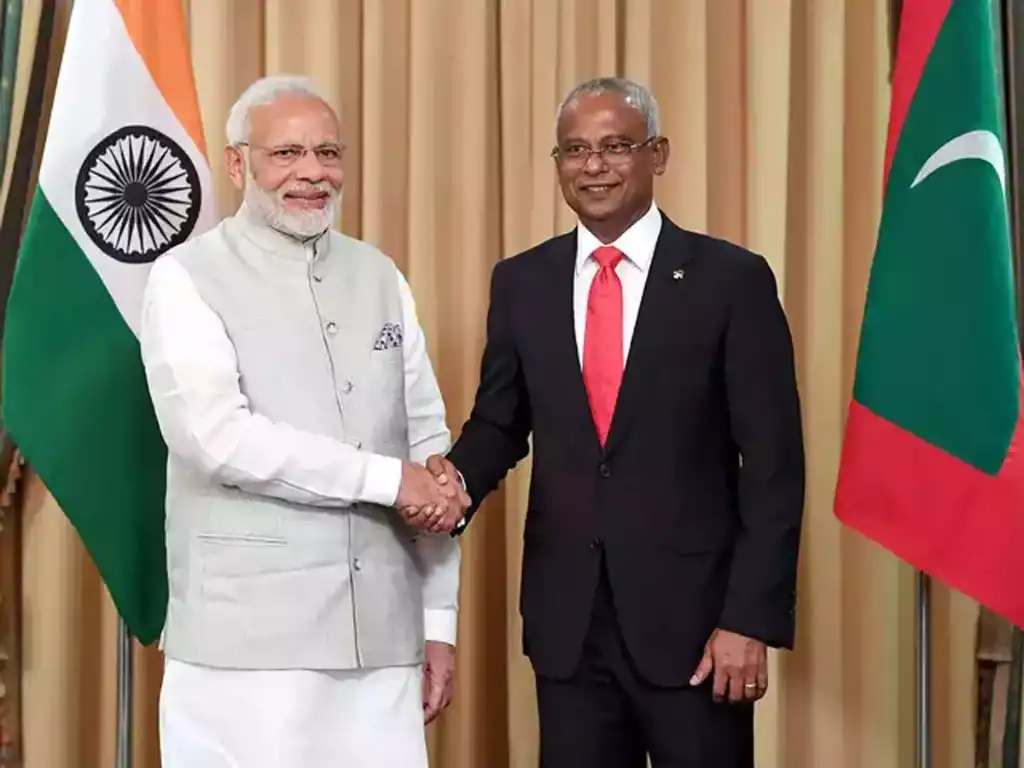
The relationship between India and the Maldives has been marked by a number of disputes and challenges in recent years, despite the two countries having a long-standing history of close ties. The main areas of dispute between India and the Maldives include issues related to security, politics, and economic cooperation.
One of the key security concerns for India in the Maldives is the presence of extremist and terrorist groups in the region. India has been particularly concerned about the growing influence of groups like Al-Qaeda and the Islamic State in the region, and has sought to work with the Maldives to address these security threats.
Another major area of dispute between India and the Maldives is the issue of political stability. The Maldives has experienced significant political turmoil in recent years, including a series of coups and political upheavals that have raised concerns about the stability of the country. India has been particularly concerned about the impact of these political developments on regional stability and security, and has sought to engage with the Maldives to address these issues.
In addition to these security and political concerns, India and the Maldives have also had a number of economic disputes. These disputes have centered on issues related to trade, investment, and economic cooperation, and have been fueled by concerns about the balance of economic power between the two countries.
Despite these disputes, India and the Maldives continue to have a close and cooperative relationship. India has been a key partner for the Maldives in terms of security and economic development, and the two countries have worked together on a number of initiatives aimed at promoting regional stability and prosperity.
The India-Maldives relationship is marked by a complex and evolving set of disputes and challenges. Despite these challenges, however, the two countries continue to have a close and cooperative relationship, and are likely to continue to work together to address the key issues facing the region in the years to come.

